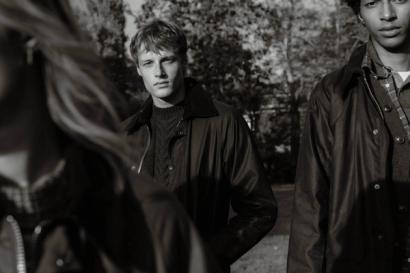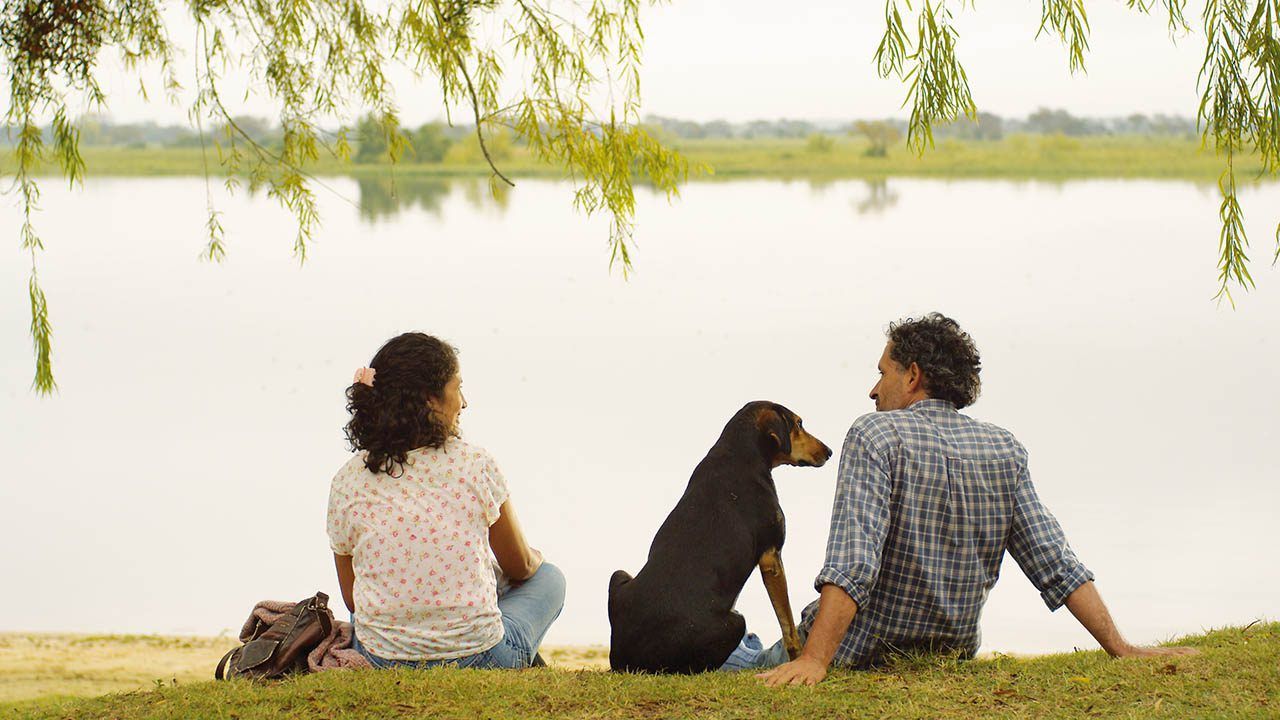

Review – Las Acacias
- Words: Gentleman's Journal
By Tatiana Hambro
Blind-dates often end badly; often they do not start at all. I went into Las Acacias ‘blind’ – I think the only phrase I read that accompanied the title (which, lacking both Spanish and horticultural knowledge, meant absolutely nothing to me) was ‘road trip in South America’ . Like a blind-date, it quite nearly didn’t start at all. Unlike a blind-date, it had a superb ending. Still with me? You will enjoy this film. In fact, my suspicion is that you already have.
We sit alongside truck-driver Rubén as he picks up the unknown Jacinta and her baby Anahí in Paraguay and drives towards Buenos Aires. I mean we actually really do – almost – sit alongside them. We witness the lengthy silences, the boring views, the insufferable engine noise; we even feel the nauseating bumps and winding corners as the hand-held camera shadows the journey. Director Pablo Giorgelli makes watching the film as painful and frustrating as actually going the distance. The quality of the realism is awe-inspiring: in art-terms, it’s the equivalent of looking at a Holbein drawing. But, frankly, that’s not enough for a movie (I don’t even think it’s enough for art) – it needs to be doing something else.
Las Acacias’s dedication to what I will call ‘the reality of things’ engages with contemporary cynicism towards the ‘fairytale’. Unlike fairytales, which direct our expectations from the beginning with glossy hair and sparkly dresses, here, we do not realise we have been watching a romance unfold until the last quarter – and even then the climax only manages a kiss on each cheek and a promise for next week. Postmodern writing tends to subvert the original ‘fairytale’ (or fantasy) in the following way: If the original fantasy = glossy story told in a glossy way, then the response has been to deprive the story of its happy ending by creating a ‘real’ (i.e unhappy) sequence of events. Yet, for the majority of films, this is still expressed through a consumer-approved kaleidoscope. Sex and the City is a perfect illustration: shoes; sex; separation; shoes again. In Las Acacias, Pablo Giorgelli presents an ice-cream Sunday of grime, sweat, plaque and, most importantly, pain, but then tops it all off with a glacial cherry.
But, (such is also the case with glacial cherries) the sweetness is sickly and thus superficial. And it is precisely this – merely the facade of fantasy – that makes Las Acacias worth writing about. Attention to the script, sparse though it may be, reveals a bleak philosophy at the heart of the film: this is not about star-crossed lovers; it is not even about desire. It is about need.
When Rubén asks a general question about Jacinta’s family, the specificity of her response is revealing: “She [baby Anahí] doesn’t have a father.”
Rubén never directly asks the question; Jacinta does not have to give this information but she freely offers it and, in doing so, an invitation to fulfil the vacant role: Fatherhood. For Rubén, this moment is inspired as it provides him the chance to heal the guilt he bears from the evident neglect of his own son, whom his he last saw eight years ago. Crucially, the way in which Rubén reveals his own past mirrors the equivalent scene with Jacinta.
Jacinta “Do you have a family”
Rubén “No.” [pause]
“ I have a son”
The symmetry between the scenes (which are not juxtaposed) is constructed with such nuance, it will probably take an alert viewer to realise the connection. The tedium of the journey tends to dull rather than sharpen the senses, but those who have resisted the urge to nod off earn a worthy reward: Understanding the structural implications between the protagonists loosens much of the enigmatic mystery than encases their interactions and subsequently offers a direct route of access into an otherwise opaque film.
In case the point is missed, there is one further frame that encourages the viewer to understand how Jacinda and Rubén occupy the shoes previously abandoned by others. Halfway through the journey, they stop in a small village and sit by a river when a dog approaches. The camera pans out and lingers on what is seemingly the perfect familial vista: Mother, Father, Baby, Dog…Good Weather. Here, though, we are not given the fantasy but a parody of the fantasy. Thus, Las Acacias’s subversion of the fairy-tale-fantasy genre is two-fold: Not only is it subverted through the gritty, realistic form; the film’s content subverts the genre as the happy ending is revealed to be a mere pretence.
Despite the fact that the film is founded upon a journey, much of the screen is taken up with the view from the left wing-mirror. In other words, we are continually reminded of where the truck has come from as opposed to where it is going. This emphasis on the past rather than the future creates an irony which undermines the romance between Rubén and Jacinda; revealing, as it does, the romance to be a product of the corresponding losses in the protagonists’s pasts. No matter how far we travel, the past remains in our shadow shapes our future.
Considering the amount of information that is not given – Why does Jacinta cry? Where is Rubén’s son? Who is Fernando? – it is an incredible achievement that Las Acacias manages to meditate so profoundly on the nature of time and personality. In holds back more than it offers, creating a conflict with the viewer as we are asked to look back at something that is simultaneously being withheld from our sight. Despite this fact, and despite the arduous journey, Las Acacias manages to charm us with its lesson of disenchantment.


